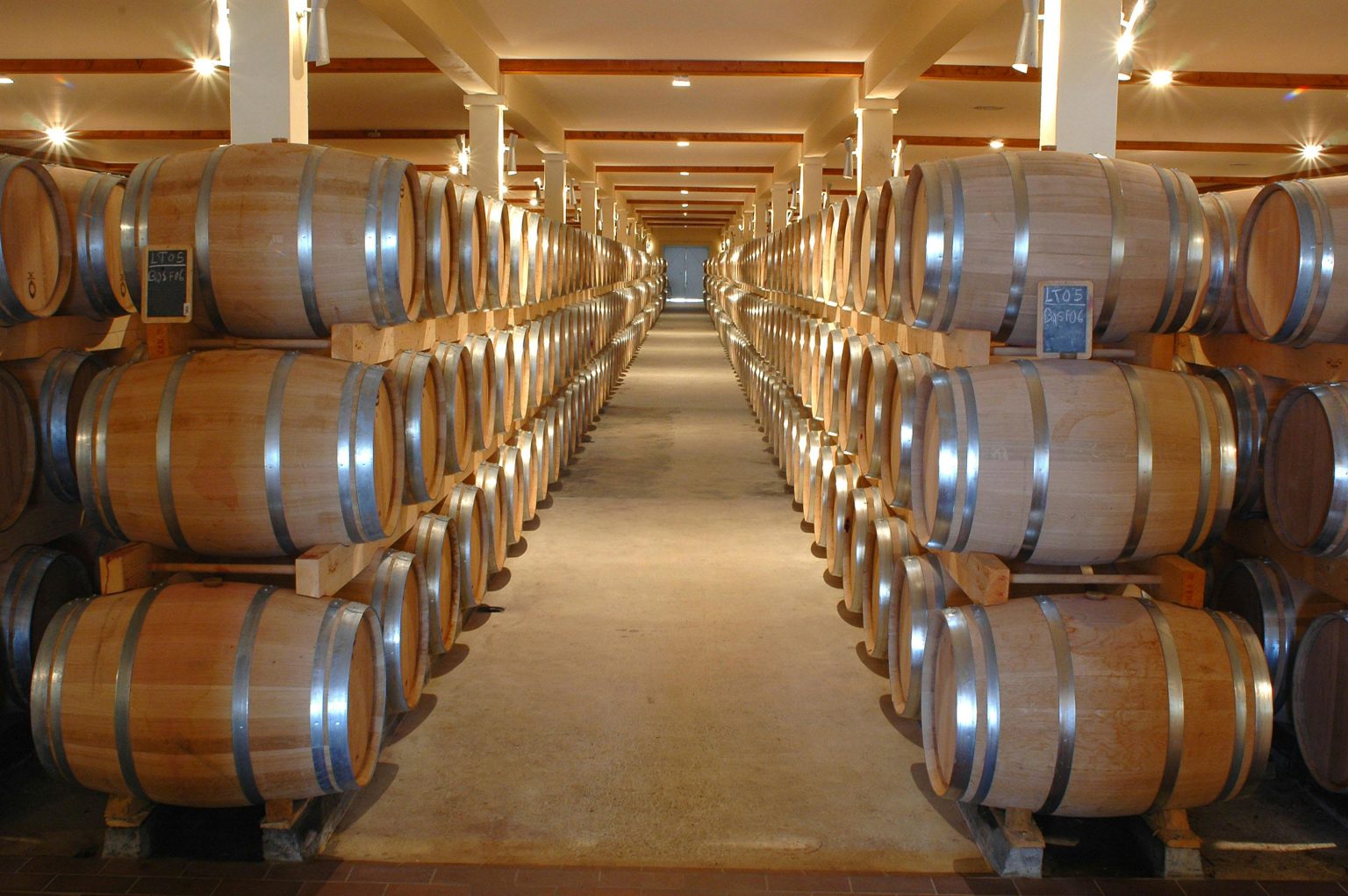In the evolving world of single malts and blends, one element often goes unnoticed by casual drinkers—yet it shapes every drop: the barrel. From American oak to European casks once soaked in fortified wine, the choice of wood influences aroma, mouthfeel, and finish. This is particularly evident in aged scotch from Loch Lomond Whiskies, where master blenders explore diverse cask types to craft expressions that stand apart.
Beyond Storage: The Barrel as a Flavour Catalyst
Contrary to the assumption that barrels are passive containers, they actively alter the whisky’s chemical makeup. As spirit rests within wood, it absorbs sugars, tannins, and aromatic compounds. Heat and humidity push liquid into and out of the grain, subtly transforming the profile with each season. What begins as raw distillate matures into something layered and expressive, thanks to the cask’s influence.
American Oak: Vanilla and Warmth
Used widely across Scotland and the United States, ex-bourbon barrels made from American oak impart soft sweetness and gentle spice. Notes of caramel, coconut, and toasted almond are often the result. These casks are typically charred before use, creating a layer of carbon that filters harsh elements and introduces mellow richness. Many distillers favour this wood as a base for blending due to its consistent character.
Sherry Casks: Dark Fruit and Bold Elegance
Sherry-seasoned barrels—often sourced from Spain—bring deep complexity to the ageing process. Once holding Oloroso, Pedro Ximénez, or Fino sherries, these casks introduce dried fruits, fig, walnut, and spice into the whisky. The resulting liquid develops a darker hue and a velvety body. For those seeking robust, full-bodied drams, sherry maturation offers an unmistakable richness.
Wine Barrels: Fresh Territory for Innovation
More recently, distillers have experimented with barrels that previously housed red, white, or fortified wines. These vessels lend unexpected qualities—tart berries, floral tannins, or even mineral salinity. Pinot Noir casks might yield redcurrant or rose petal notes, while Sauternes casks can create honeyed, citrus-forward spirits. Such innovation expands the sensory palette available to blenders and consumers alike.
Rum Barrels: Exotic Sweetness and Spice
Rum casks, often from the Caribbean, are known for infusing tropical flavours and aromatic depth. Banana, molasses, toasted sugar, and spice are common traits found in whisky aged in these barrels. The interplay between the whisky’s malt base and the rum’s residual essence produces a distinctive, warming finish. Distillers keen to explore sweeter or more playful profiles often turn to these vessels.
The Power of Finishing
Some whiskies are transferred into secondary casks for brief periods—a process known as finishing. By doing so, producers add another dimension to the liquid without overwhelming the original character. For example, a whisky initially aged in bourbon wood may spend its final months in port casks, acquiring berry jam and nutty overtones. This layering technique exemplifies how strategic cask use can refine balance and complexity.
Creative Blending Through Barrel Diversity
Blenders often marry spirits aged in multiple types of wood to construct nuanced final products. This approach allows for vibrant contrasts and seamless harmony across aroma and flavour. Each cask type contributes something distinct—whether it’s the spice of oak, the richness of sherry, or the zest of wine—allowing for infinite variations.
Why Cask Choice Matters for the Drinker
For whisky enthusiasts, understanding cask influence deepens appreciation. Recognising the origin and previous life of a barrel allows drinkers to decode each element in the glass. Whether it’s the dried fruit of a sherry-aged dram or the vanilla swirl of ex-bourbon wood, these sensory cues guide the experience and offer clues to the maker’s intent.
Aged in Character
From aged scotch to innovative cask finishes in independent distilleries, barrel selection continues to shape the narrative of whisky creation. Each cask is more than a vessel—it’s a sculptor of flavour, memory, and distinction. As distillers push boundaries with wood, maturation becomes not just a process, but an art of discovery.

